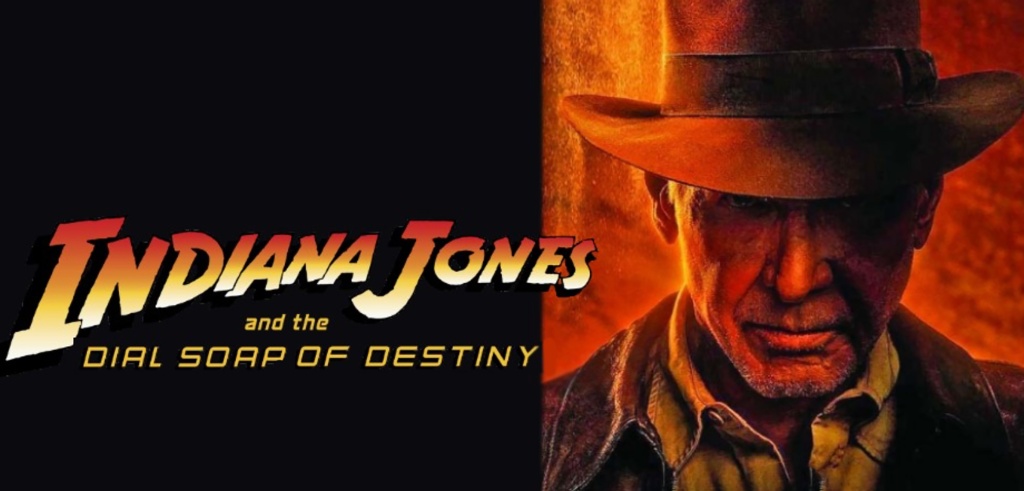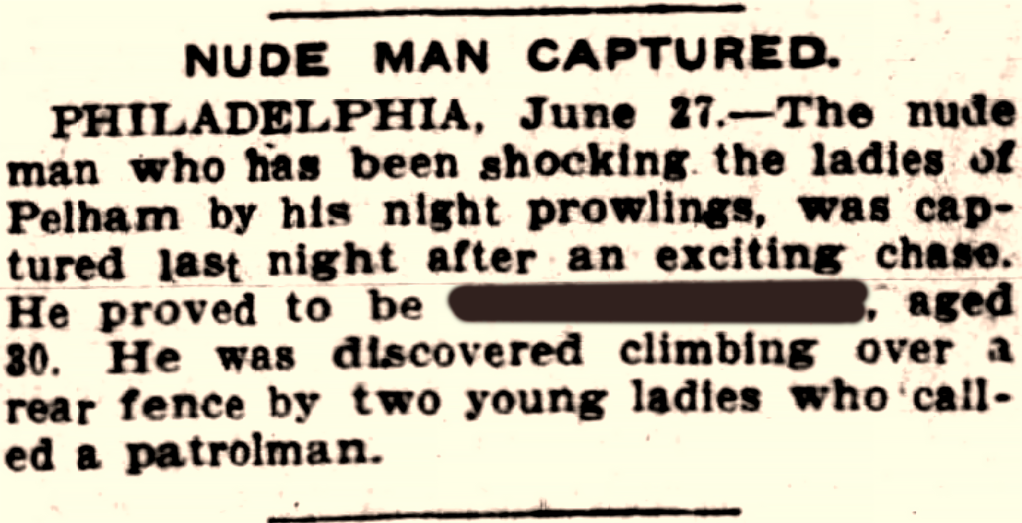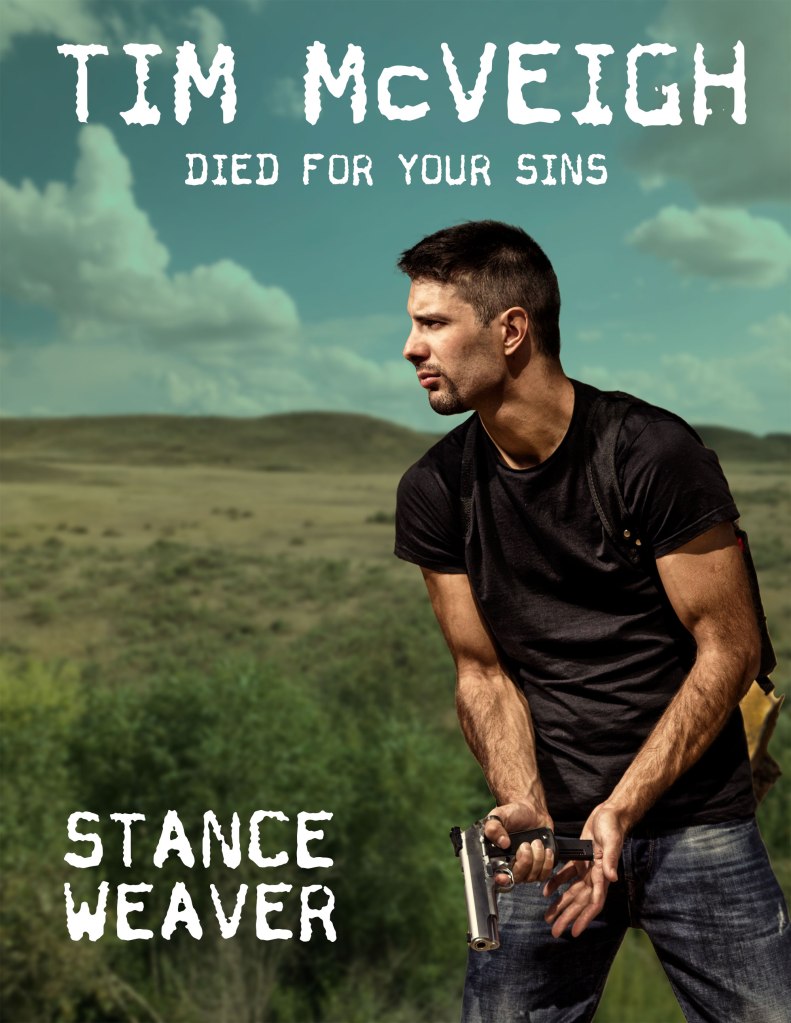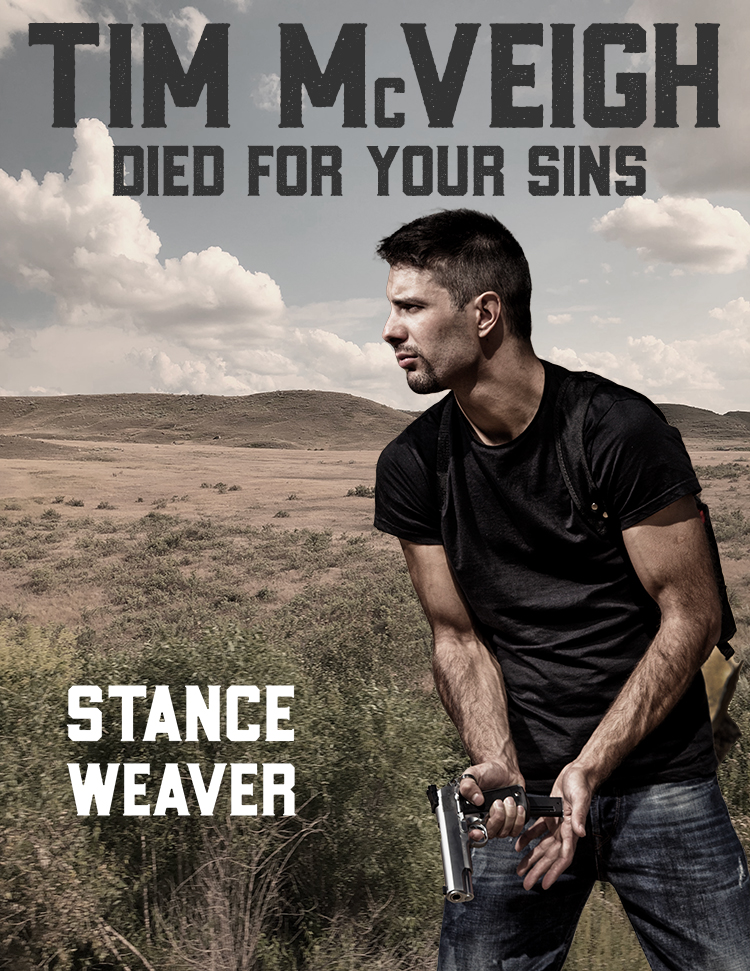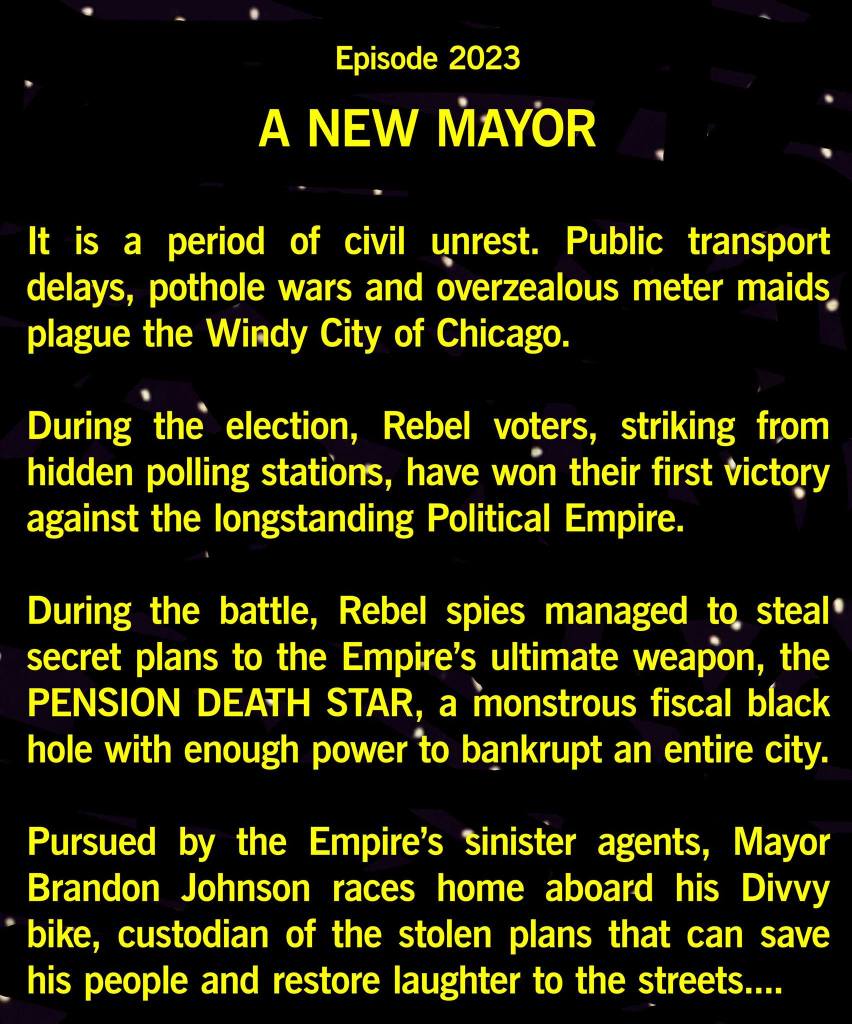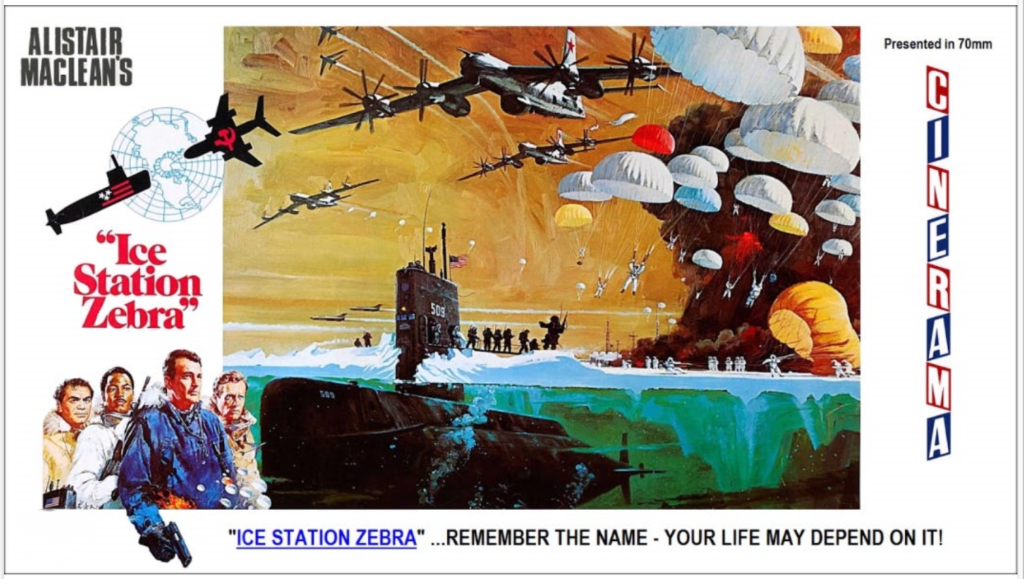
As a film viewer, one’s relationship with movie titles is like a sommelier’s with wine labels. Both encapsulate entire universes of experience in a few choice words. They are a prelude, a tease, an overture.
Over the decades, I’ve pondered upon hundreds of these word-woven spells, from the beguilingly simple “Jaws” and “Psycho” to the grandly pompous “The Magnificent Ambersons” and “Lawrence of Arabia.”
After all these years, however, one title has held me in its icy grasp: “Ice Station Zebra.”
Here’s why.
A title must be succinct but also evocative. It must tickle curiosity but only divulge a little. Now, consider “Ice Station Zebra.” It’s three simple words. Ice. Station. Zebra. Each is mundane. But together, they conjure up an image at once bizarre and intriguing. What is this icy station? And, pray tell, what is a zebra doing there?
The first two words, “Ice Station,” present harsh, chilly remoteness. Think about it. Any title beginning with “Ice Station” promises a grueling adventure in a frosty, desolate landscape. As audiences, we are immediately transported into a realm far removed from our comfortable living rooms. The tension is palpable.
Then comes the zinger: “Zebra.” What an unexpected departure. It’s like taking a left turn at Albuquerque on your way to Seattle. Suddenly, the mundane “Ice Station” transforms into a mysterious, surreal landscape. The contrast of a zebra’s stark stripes against the white snow brings a delightful paradox, a twist that one can hardly resist.
“Ice Station Zebra” also has the advantage of perfect context. The film is a Cold War thriller based on a novel by Alistair MacLean, released at the height of the space race in 1968. The title’s chilly nuances echo the frosty U.S.-Soviet relationship. The “Zebra,” a code name, hints at espionage, covert operations, and secrets buried beneath layers of ice and intrigue.
Perhaps most important, “Ice Station Zebra” doesn’t overpromise. It’s not “The Greatest Story Ever Told.” It doesn’t pronounce itself as “Unforgiven.” It’s understated yet compelling. It’s unassuming yet unforgettable.
The artistry of a movie title lies in its ability to capture the essence of a film and yet leave ample room for imagination. By that measure, “Ice Station Zebra” is a testament to the art. It stands as a bold beacon in the wintry white landscape of cinema, a lighthouse guiding curious audiences to the warmth of a riveting tale. It is a perfect title, a zebra among horses. A paradox, a poem, and a promise all rolled into one.
So here’s to “Ice Station Zebra.” Long may it reign in the frosty kingdom of movie titles. We might all be a bit warmer for it.

